Horticulture
-
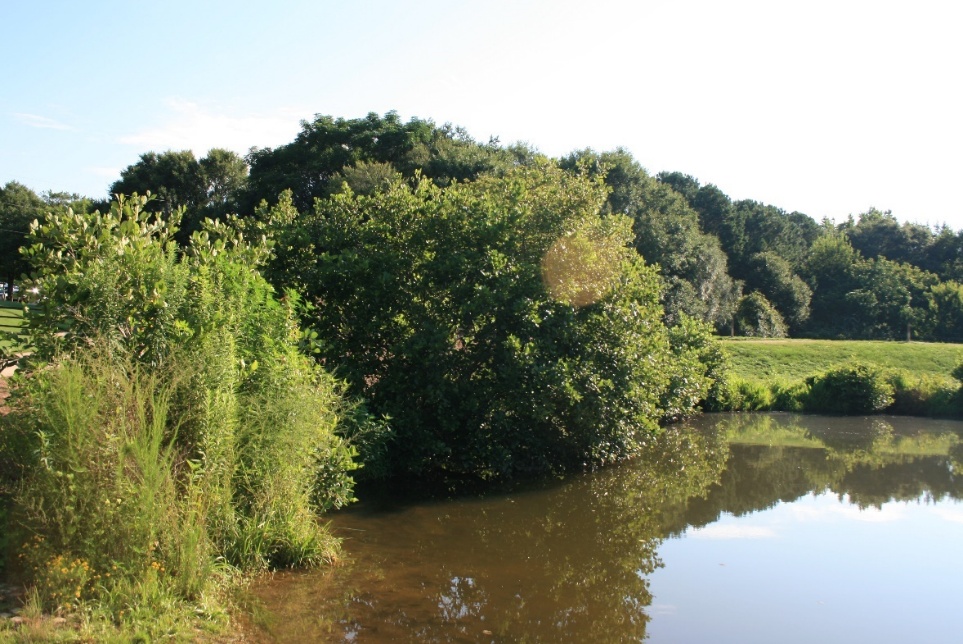
This resource explains how flooding and stormwater pollution affect waterways and how vegetation along the water reduces the negative impacts while improving aesthetics and water quality for fish habitats, recreational boating, appealing views, and property value. It provides guidance on planning, implementation and maintenance of riparian buffer vegetation, and a list of recommended plants.
Martin Wunderly, Bodie V. Pennisi, Erin Getzelman, Nathan Eason, Steven R. Patrick, and Garrett Hibbs
|
-
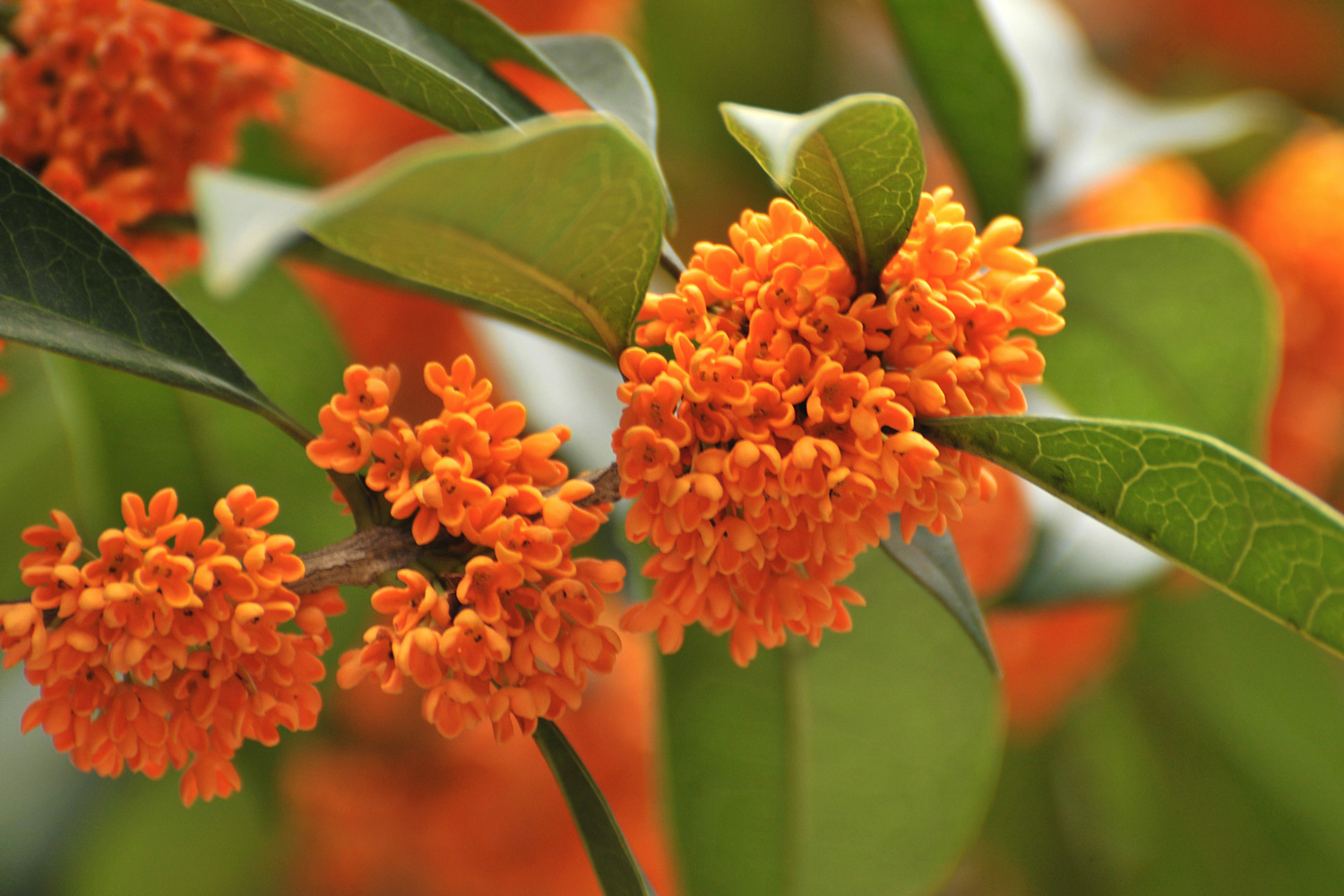
Sweet tea olives are woody, evergreen broadleaf shrubs or small trees that are widely produced in nurseries and used in landscapes because of their fragrant flowers and lower incidence of pests. This resource helps producers understand different propagation methods and how each works for sweet tea olives.
Ping Yu and Yulong Chen
|
-
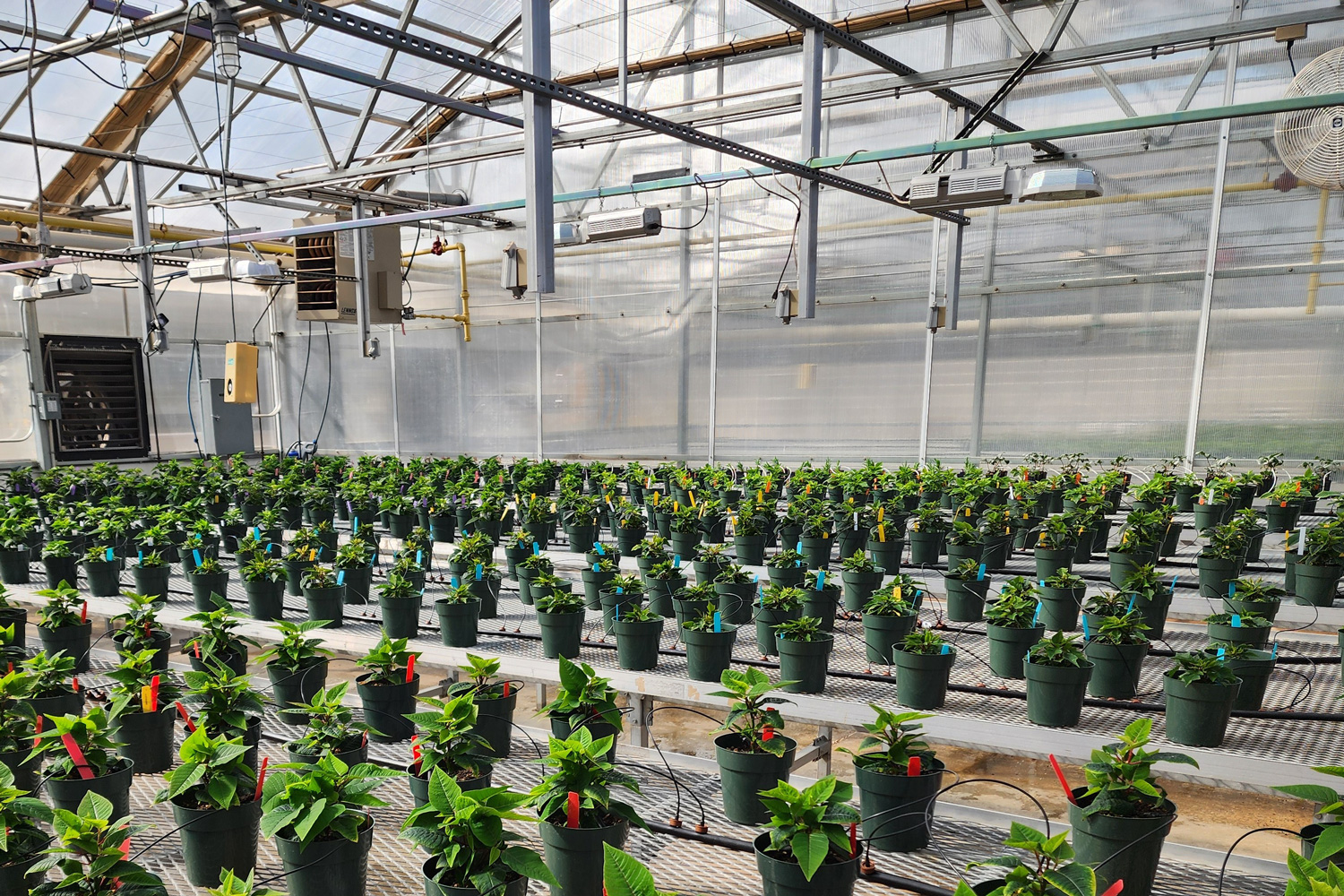
This publication contains comprehensive, in-depth information about heating, cooling and ventilating greenhouses.
Rhuanito Soranz Ferrarezi and John W. Worley
|
-
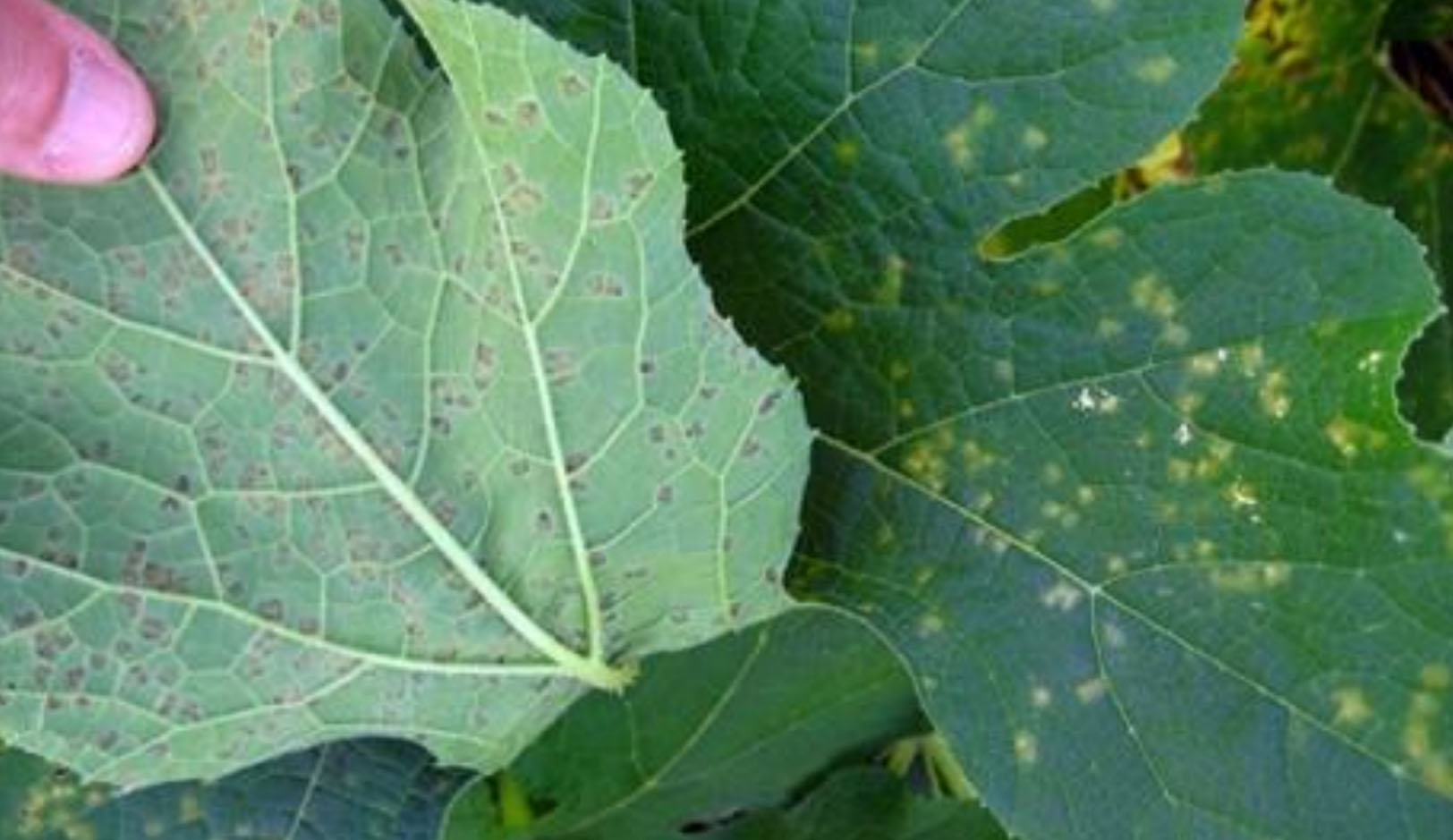
While there are literally hundreds of issues that can occur in the home garden, this resource focuses on the most common ones. When troubleshooting issues in the garden, this provides a good starting point and will help gardeners diagnose their issues and strategize solutions.
Bob Westerfield and Whitney Ottinger
|
-

This resource provides citrus growers in Georgia with an overview of how different types of freeze events damage citrus trees, and both passive and active protection methods to protect citrus trees during freezes. Recovery from freeze events also is covered.
Mary Sutton and Jake Price
|
-
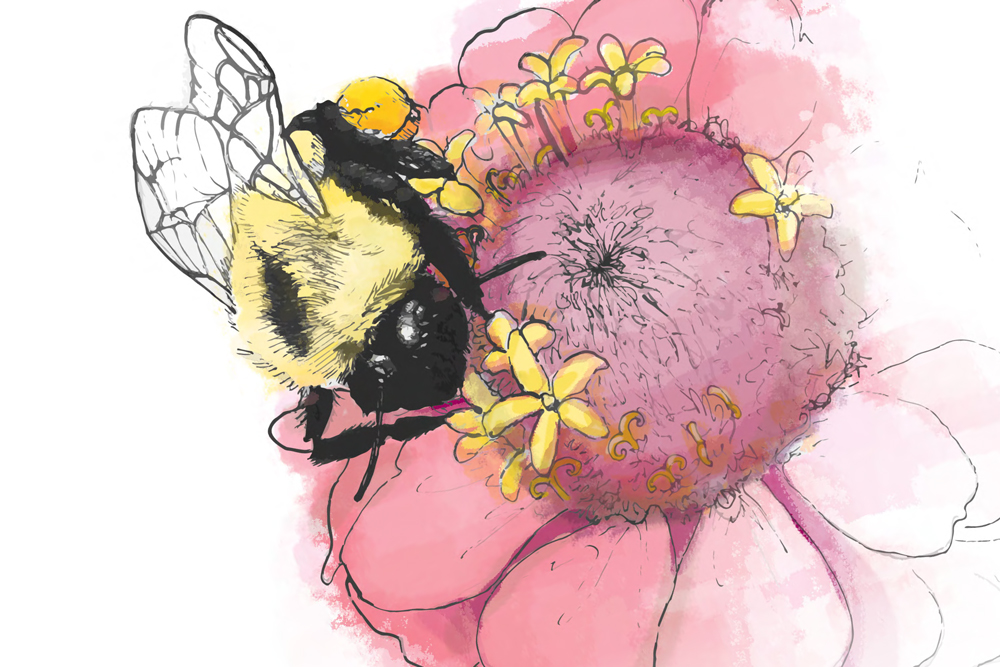
A pollinator-friendly and ecologically sustainable garden is both beautiful and able to attract and sustain beneficial insects, reducing the need for pesticides. This publication is based on new research in habitat management for purposes of planting insect-attracting plant species in order to intentionally draw insects to garden areas and urban landscapes. This is done by providing a refuge for the insects during winter and nectar and pollen resources. Plant selection directly affects beneficial insect populations, those insects that can provide ecological benefits such as biodiversity and natural pest control. This concept of “habitat management” can lead to potential increases in pollinating and other beneficial insect populations. An increase in these populations in landscapes will contribute to improved pollination of plants and biological pest control and reduce the need for pesticides.
Bethany A Harris, S. Kris Braman, Bodie V. Pennisi, and Maria Putzke
|
-

This resource describes whiteflies and the damages they cause in cucurbit crops, and offers recommendations for cucurbit crop varieties for fall season production in southern Georgia that are resistant or tolerant to silverleaf disorder and whitefly-transmitted viruses.
Nirmala Acharya, Ted McAvoy, Sudeep Bag, and David G Riley
|
-

B 1170
Herbs in Southern Gardens
Growing herbs – both annuals and perennials – is simple and rewarding. A wide variety of herbs can grow in most parts of the United States. Those featured in this publication grow well in the Deep South with its hot, humid summers and fluctuating winter temperatures.
Sheri Dorn
|
-

This is an annual report highlighting research conducted on Vidalia onions in recent years. Research topics include: variety trials, irrigation and fertilizer strategies, sulfur content in soils, effect of fertilizers on yield, thrips, factors affecting postharvest incidence of bacterial bulb rot, and Botrytis leaf blight.
Ted McAvoy, Christopher Todd Tyson, Luan Oliveira, and Daniel L. Jackson
|